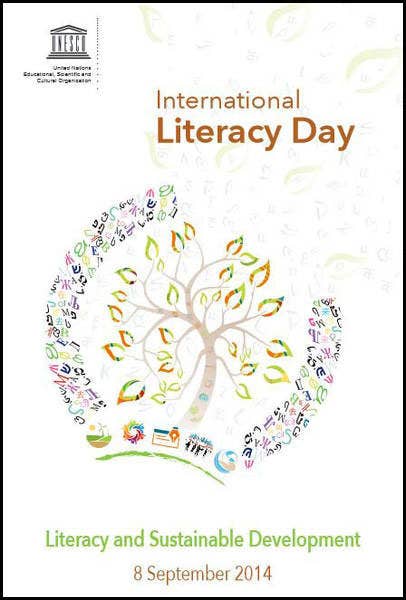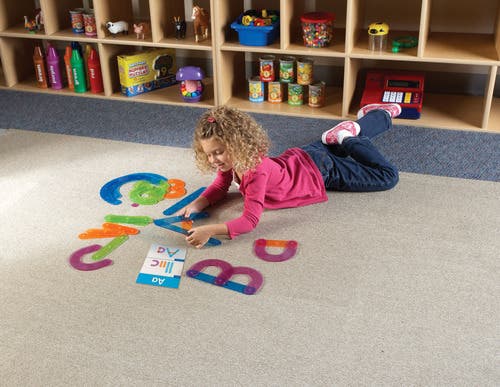
Top Tips for Reading at Home
- Learning Resources Posted On Jul 30, 2021 | Seasonal Fun
In its Annual Literacy Survey 2019 of children aged 5-8, the National Literacy Trust (NLT) found that around three quarters of children enjoy reading in their free time, almost 80% regard themselves as good readers, and around 75% think they’re good writers.
That’s good news! According to Director of School Programmes for the NLT Fiona Evans, “We know that children who enjoy reading and read widely are more likely to do better in school and be happier with their lives.”
However, the study also found that despite enjoying it, many children don’t read outside of the classroom. It’s important to find time to keep up reading at home, Fiona goes on to say. “Reading allows children to discover new worlds, meet new people and learn about the past, while sparking imaginations, stimulating critical thinking, and helping children develop empathy.”


Top tips for reading at home
“Some children prefer to read independently, which is a fantastic thing to encourage, but turning this into a shared family activity can be a great way to ensure your child is reading every day,” adds Fiona. To help you and your family get reading at home on track, in a blog post published on the National Literacy Trust’s website, Fiona offers practical ideas for even the busiest families:
- Read for 10 minutes together before bedtime. Not only does this make for calmer bedtimes, but research shows that even as little as 10 minutes a day makes a big difference to your child’s achievement in school and beyond. In fact, Judith Parke, the NLT’s Head of Home Learning Environment said in an interview: "Reading a regular bedtime story to children is a simple activity that encourages children to enjoy reading and gets them into good reading habits that set them up for the future.”
- Establish a regular book club with friends and family members with children of a similar age so they can discuss a book they have read. This can even be done over video chat. (NLT research has found that when used appropriately and with an adult, technology can be an important route into reading.)
- Find something your child is interested in and go for it. If your child is interested in a sport such as football, try reading over the sports section of the newspaper. Encourage your child to research their favourite players and read up on their sporting journey. Or stock up on a few themed children’s magazines. They’re a fun way to get families reading and chatting about the interesting articles and activities inside.
- Listen to an audiobook. These are a great choice especially for reluctant or struggling readers. Not only can children access books above their reading level, but the exciting voices and sound effects bring stories to life. Plus, they’re ideal for keeping kids busy and entertained.
Even if your child is older, it’s important to carry on reading with them. A study by Oxford University Press found that many parents stop reading with their children from the age of seven. To help families, NLT recently launched Words for Life, a site for parents with advice, activities and ideas aimed at children from birth to 12 years. We enjoyed the ‘When I grow up book list’ featuring a list of books about interesting jobs that will help your child dream big. For more information on how to help your child become a confident reader, visit Words for Life.
Looking for more ways to encourage literacy learning at home? Here are 5 hands-on activities to support learning at home with Learning Resources. Plus, download your free literacy learning activity sheets.













